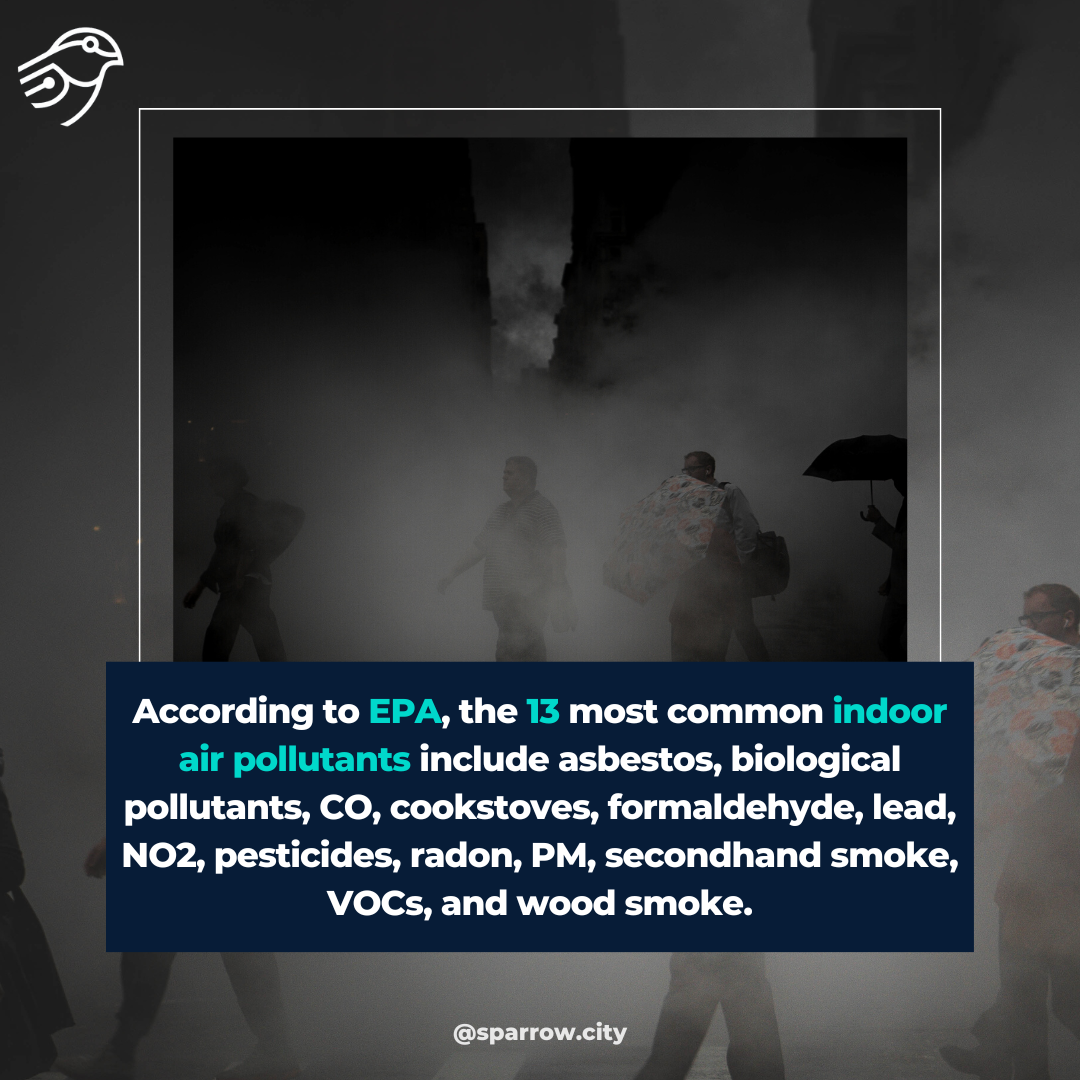The EPA has identified 13 common indoor air pollutants that can negatively affect human health. These pollutants include asbestos, biological pollutants, carbon monoxide, cookstoves, formaldehyde, lead, nitrogen dioxide, pesticides, radon, particulate matter, secondhand smoke, volatile organic compounds (VOCs), and wood smoke. Biological pollutants, such as mold, and carbon monoxide are common in homes and can lead to various health issues. Homeowners should take precautions when renovating or maintaining older properties, as asbestos can be found in building materials used before the 1980s. To reduce indoor air pollution, homeowners should increase ventilation, use air conditioning, clean regularly, and use carbon monoxide detectors. Additionally, using clean or improved cookstoves, reducing exposure to secondhand smoke, and choosing composite wood products that meet safety standards can help reduce the risk of exposure to harmful pollutants.
Category: Sparrow News
-
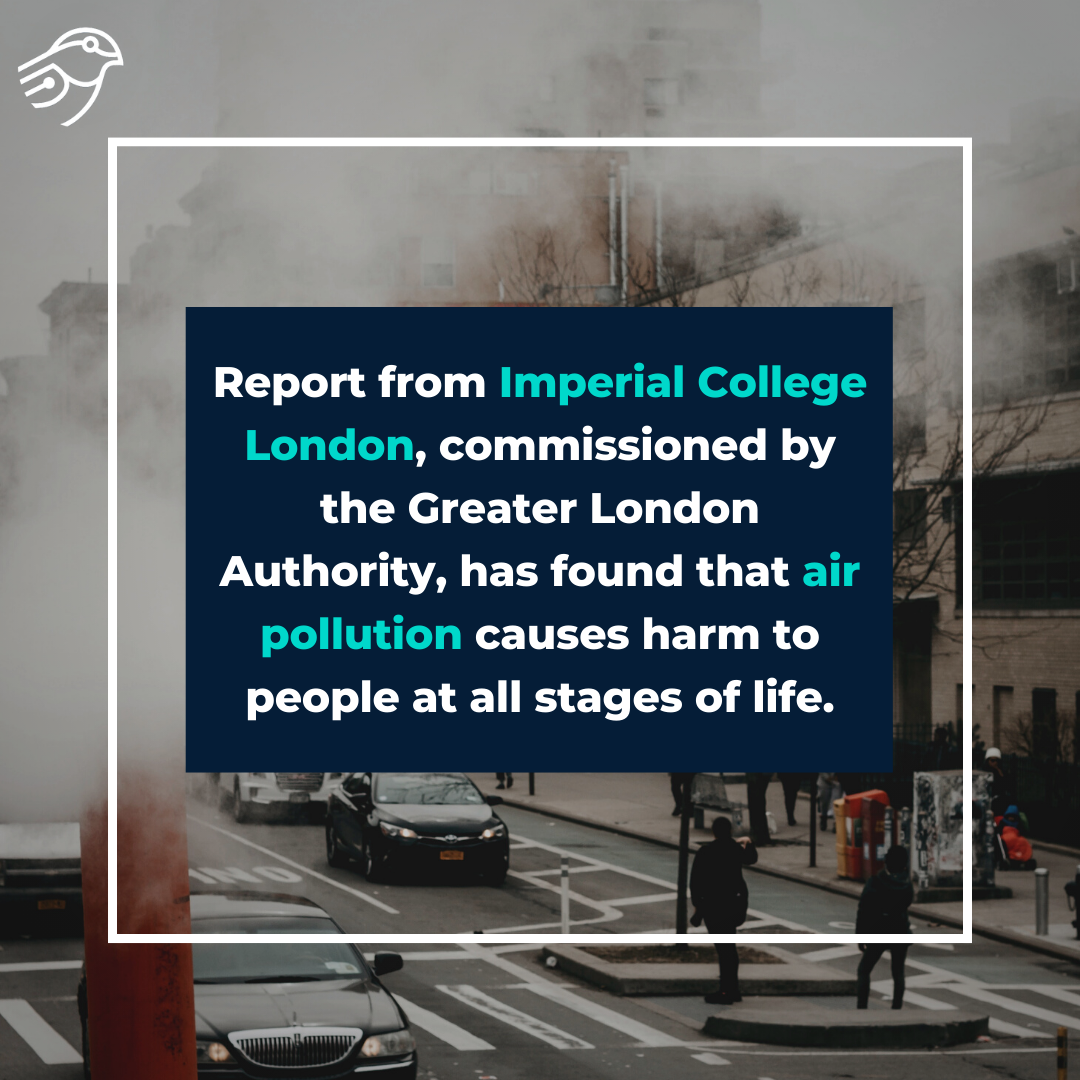
Air pollution causes harm at all stages of life – report
A report from Imperial College London, commissioned by the Greater London Authority, has found that air pollution causes harm to people at all stages of life. The report found that exposure to certain particles can lead to miscarriages, stunt children’s lung growth and cause low sperm count. In adulthood, air pollution can cause chronic illnesses, cancer and strokes. The report identified particulate matter (PM2.5) and nitrogen dioxide (NO2) as particularly harmful, both of which come from vehicle exhausts. In 2018, Public Health England estimated that up to 43,000 people a year die in the UK because of air pollution.
Get in touch with us! Sparrow specialists are ready to answer any questions you may have: https://sparrow.city/
___________
Read more: https://www.bbc.com/news/uk-england-london-65296752
-
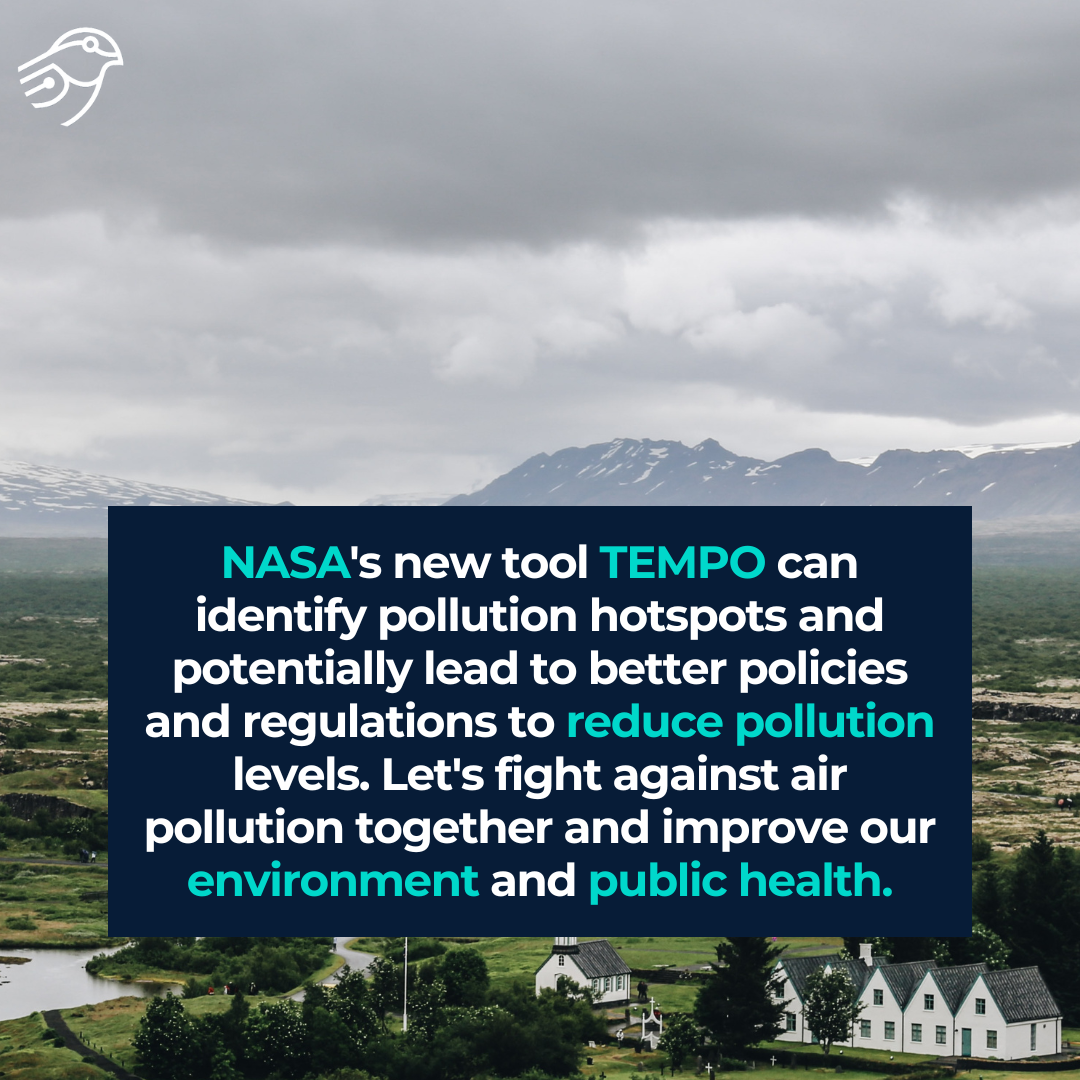
NASA Is Getting Really Serious About Tracking Air Pollution
NASA is tracking air pollution with a new tool called TEMPO, which stands for Tropospheric Emissions: Monitoring of Pollution. This instrument will be placed aboard a geostationary satellite and will monitor air pollution levels across North America every hour.
TEMPO will be able to detect the levels of common air pollutants, such as nitrogen dioxide, ozone, and particulate matter, in real-time and at a high spatial resolution.
The data collected by TEMPO will be made available to the public and policymakers, which will help improve our understanding of air pollution and its impact on human health and the environment.
NASA hopes that TEMPO will help identify pollution hotspots and lead to better policies and regulations to reduce pollution levels.
Overall, TEMPO has the potential to be a powerful tool in the fight against air pollution. By monitoring pollution levels in real-time, we can take steps to reduce our impact on the environment and improve public health.
-
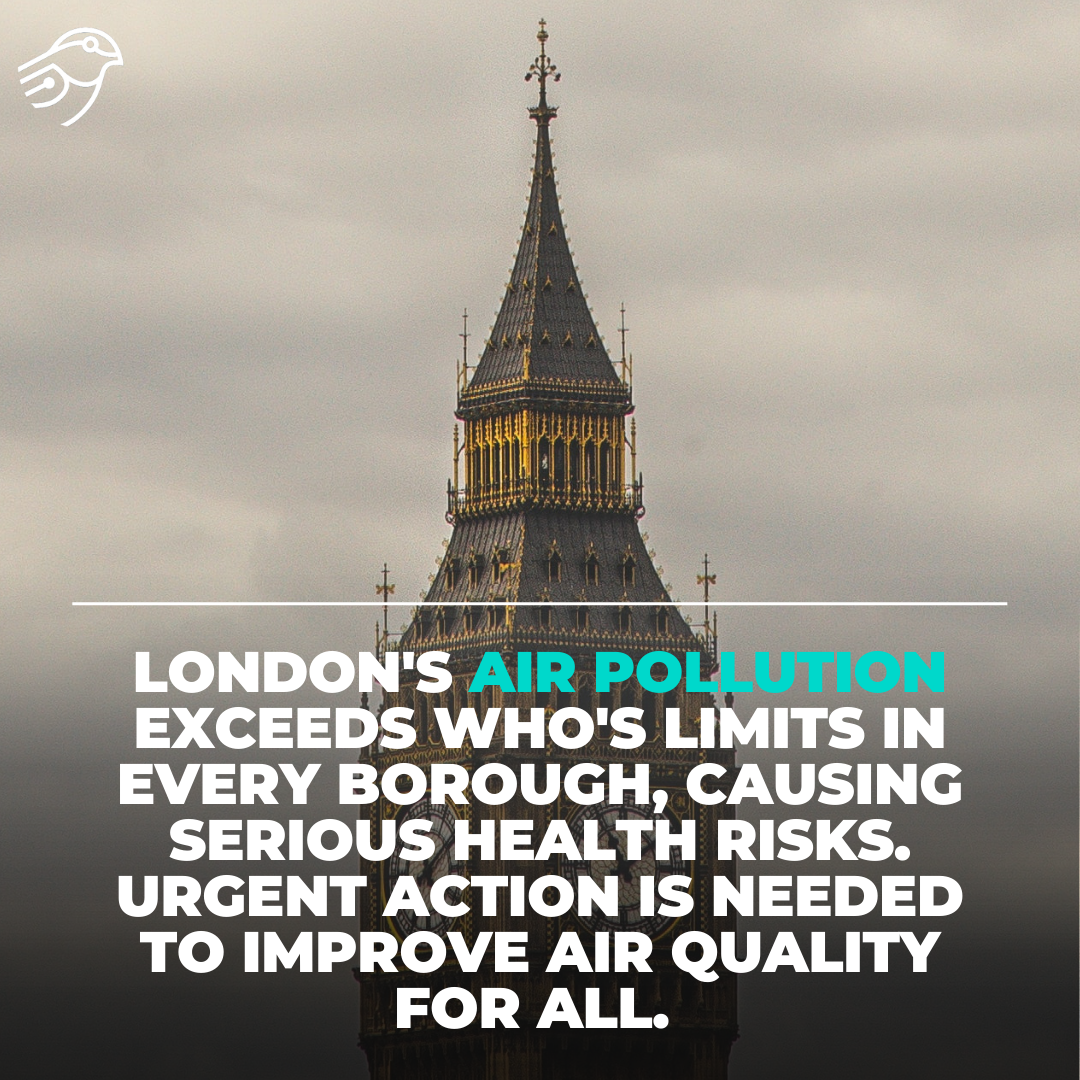
New highly localised data shows every borough in London exceeds World Health Organization limits for toxic pollution
The article discusses newly released data which shows that every borough in London exceeds the World Health Organization’s limits for toxic air pollution. The data is highly localized, providing a more detailed and granular picture of air pollution across the city. The data was collected using state-of-the-art air quality monitoring equipment and is part of the Mayor of London’s efforts to improve air quality in the city.
The article goes on to highlight the serious health risks associated with high levels of air pollution. Air pollution has been linked to a wide range of health problems, including respiratory illnesses, heart disease, stroke, and cancer. Children, the elderly, and people with pre-existing health conditions are particularly vulnerable to the effects of air pollution. The article notes that air pollution is responsible for thousands of premature deaths in London each year, and urgent action is needed to address the issue.
The article also discusses some of the steps that the Mayor of London and other stakeholders are taking to improve air quality in the city. These include measures to reduce emissions from vehicles, such as the introduction of low-emission zones and the promotion of electric vehicles. The article also notes that there is a need for more investment in public transport and cycling infrastructure, to encourage people to use alternative modes of transport. The article highlights the urgent need to address the issue of air pollution in London, and the importance of taking action to improve air quality for the health and well-being of all Londoners.
Introducing Sparrow – a company that’s designing and building a network of mobile sensors to scan cities and collect environmental data. With Sparrow, cities can make better decisions by accessing accurate and up-to-date information about their environment. Their sensors can monitor air quality, noise pollution, and temperature, among other factors, providing valuable data that’s analyzed by the company and presented in an easy-to-understand format. Interested in bringing Sparrow to your city? Visit their website and get in touch today! #Sparrow #environmentaldata #smartcities #urbanplanning #techforgood #safelondon
-
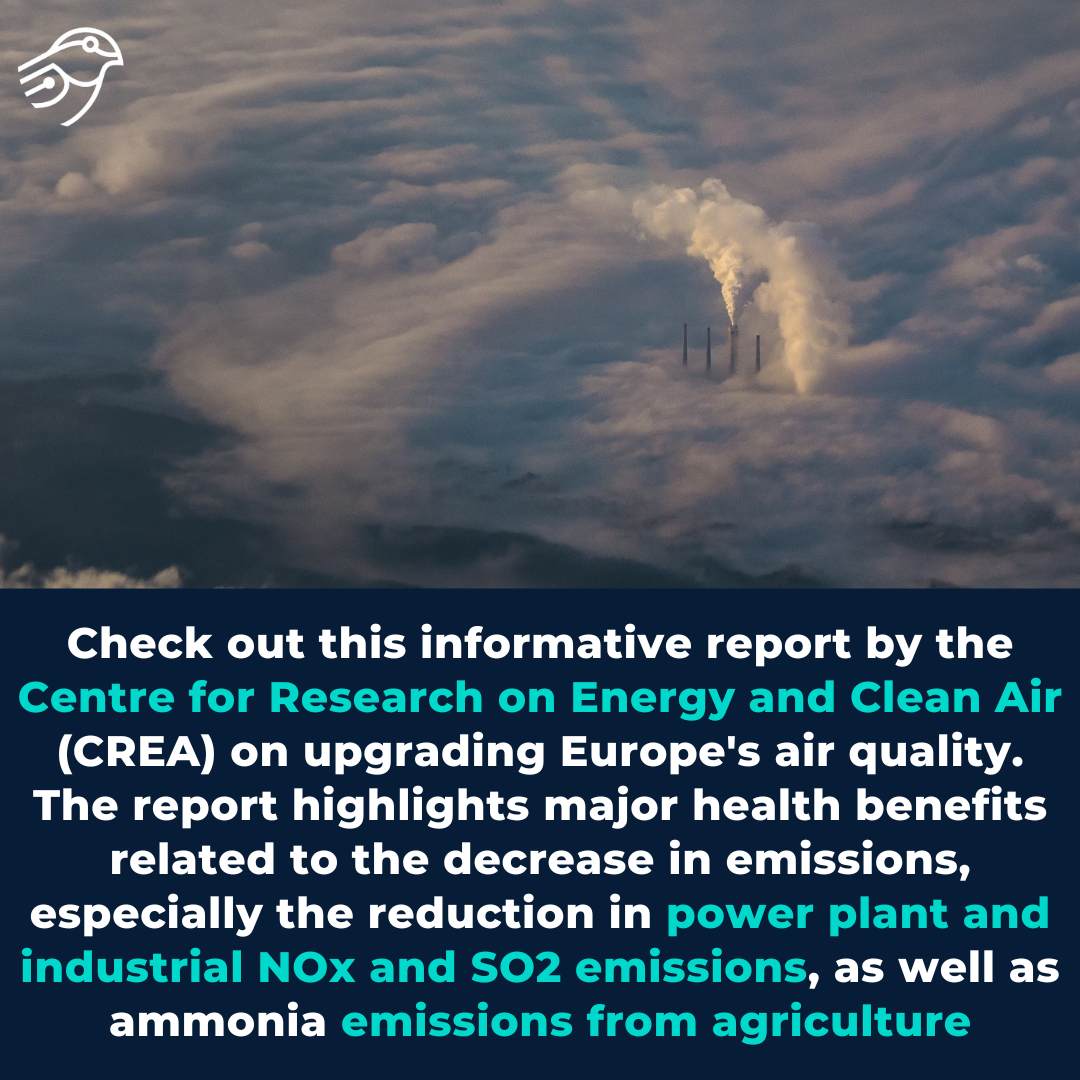
Upgrading Europe’s air : How a strong Industrial Emissions Directive can save lives and money
New report by CREA shows major health benefits of reducing emissions from power plants, industry, and agriculture in Europe. The report finds that Europe’s industrial pollution regulation has been weakened through weak standards, loopholes, and a permitting culture that only enforces the most lenient limits. The report highlights major health benefits related to the decrease in emissions, especially the reduction in power plant and industrial NOx and SO2 emissions, as well as ammonia emissions from agriculture.
The report calls for improvements to agricultural practices to reduce ammonia emissions and for a revision of the Industrial Emissions Directive to address the shortcomings of the current system.
_________
Read more from the report: https://energyandcleanair.org/publication/upgrading-europes-air-how-a-strong-industrial-emissions-directive-can-save-lives-and-money/
-

Sparrow will take part in the Cities Climate Action Summit.
The Cities Climate Action Summit helps to understand the actions to take in three critical areas:
Policy Development | Climate Financing | Technology Deployment
The need for urban climate action has never been so urgent! Register here and join us: https://smartcitiesworld-register.gther.io/#register
-
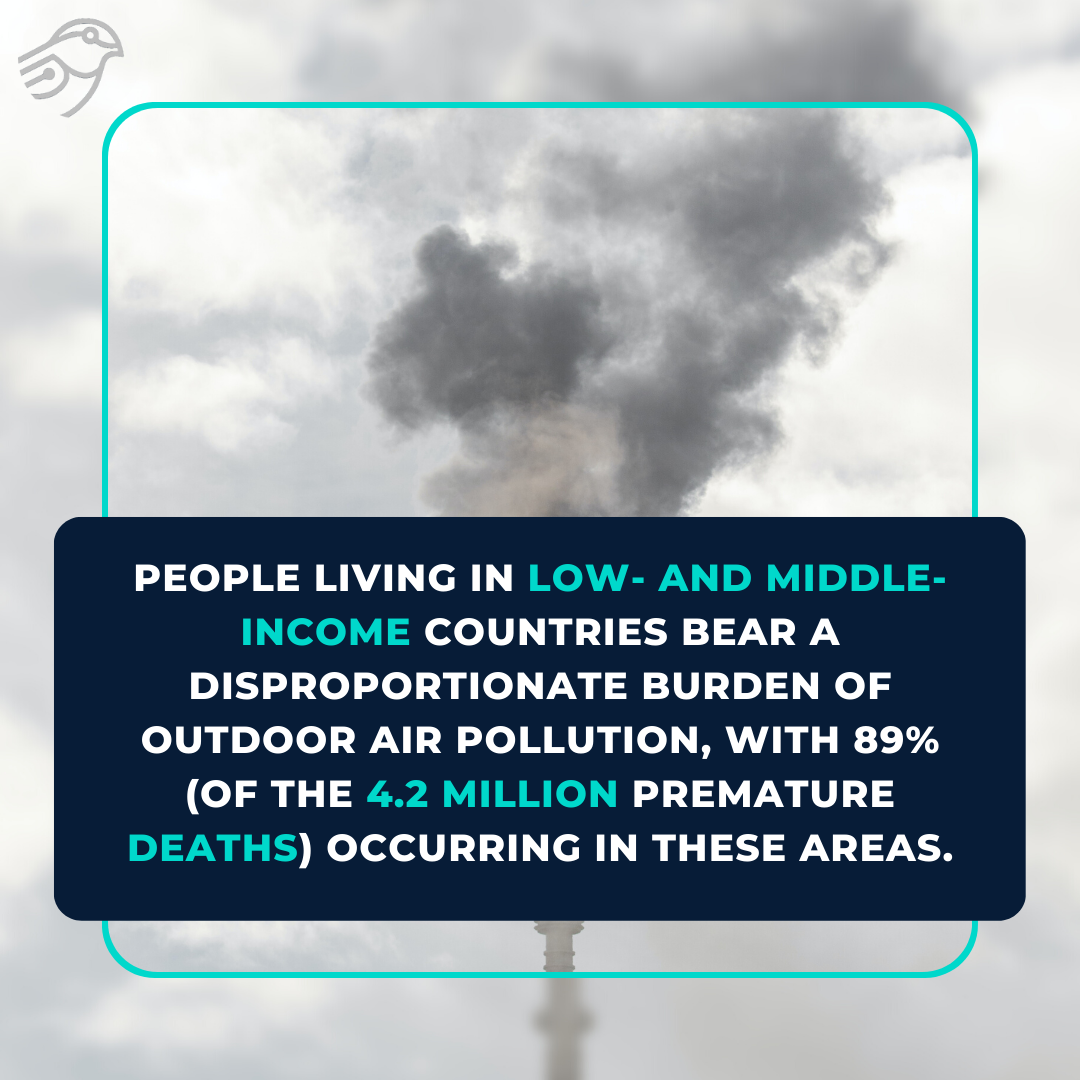
Ambient (outdoor) air pollution
Outdoor air pollution is a major environmental health problem that affects everyone in low-, middle- and high-income countries. Outdoor air pollution in both urban and rural areas was estimated to cause 4.2 million premature deaths per year worldwide in 2019, due to exposure to fine particulate matter, which causes cardiovascular and respiratory diseases and cancers.
People living in low- and middle-income countries bear a disproportionate burden of outdoor air pollution, with 89% (of the 4.2 million premature deaths) occurring in these areas.
At Sparrow, we understand the seriousness of the situation. That’s why we are constantly detecting, monitoring and analyzing environmental data. Get in touch with us today and let us bring the Sparrow to your city: info@sparrow.city
______________
Article: https://www.who.int/news-room/fact-sheets/detail/ambient-(outdoor)-air-quality-and-health -
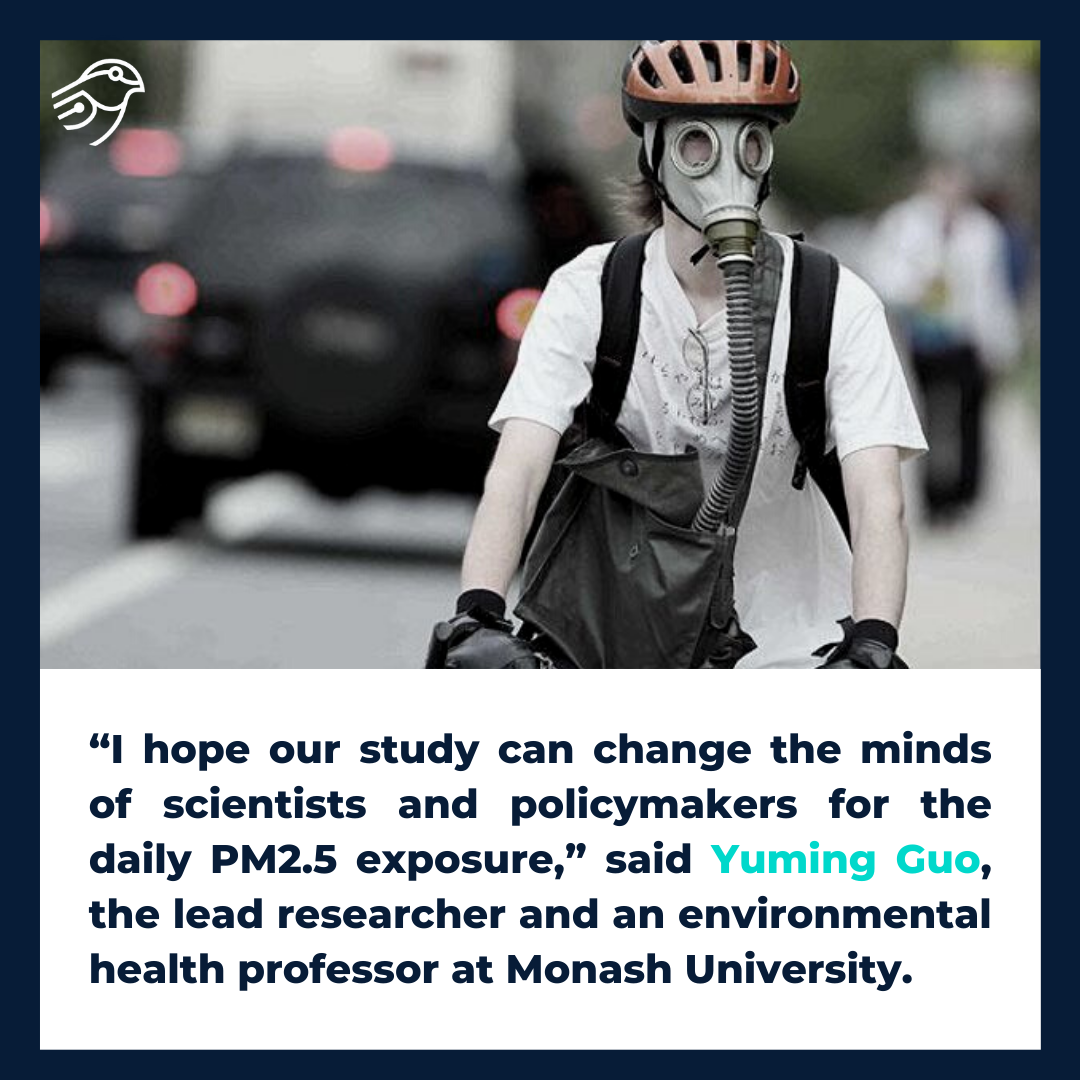
Less Than 1% of Earth Has Safe Levels of Air Pollution, Study Finds
According to the peer-reviewed study, published by Lancet Planetary Health, 99.82% of the global land area is exposed to high levels of PM2.5. Scientists have linked particulate matter 2.5 (PM2.5) to lung cancer and heart disease.
“I hope our study can change the minds of scientists and policymakers for the daily PM2.5 exposure,” said Yuming Guo, the lead researcher and an environmental health professor at Monash University.
The researchers also looked at how air pollution has changed over the two decades leading up to 2019. For example, most areas in Asia, northern and sub-Saharan Africa, Oceania, and Latin America and the Caribbean saw an increase in PM2.5 concentrations over the 20 years, in part due to an increase in forest fires. In Europe and North America, annual PM2.5 concentrations and the number of high PM2.5 days decreased as a result of stricter regulations.
Fine particulate matter is made up of soot from vehicles, smoke and ash from wildfires and biomass cook-stove pollution, plus sulfate aerosols from power generation and desert dust.
We install a Sparrow Node on any public transportation or municipal vehicle. By linking its GPS position and each measurement timestamp, we create a highly accurate environmental map of the city. Sparrow nodes measure not only air pollution but also road quality and noise pollution.
_______________
Article: https://time.com/6260752/harmful-global-air-pollution-problem/
-
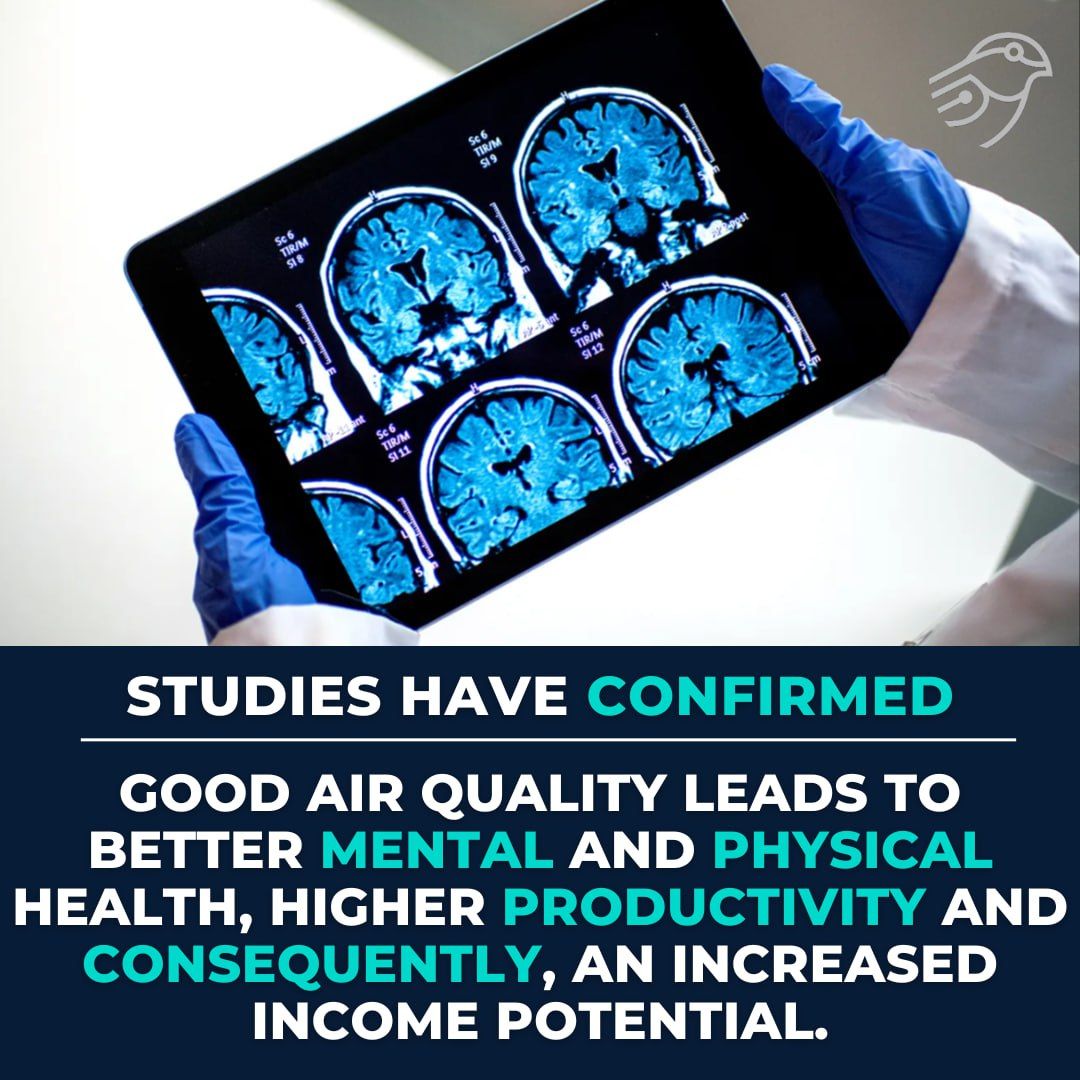
How Air Pollution Can Impact The Mind, Not Just The Lungs!
Researchers at the University of British Columbia and the University of Victoria made a study to research the impact pollution has on the mind and cognitive functions. 25 healthy adults were briefly exposed to diesel exhaust and filtered air at different times in a laboratory setting. The participants suffered decreased functional connectivity in widespread regions of the brain after exposure to diesel exhaust, compared to filtered air.
Even though these effects were temporary, Dr. Chris Carlsten, senior study author and professor and head of respiratory medicine, said the effects could be long-lasting where exposure is continuous.
This shows that air pollution is a silent killer who cannot be seen. Therefore, it is important to determine its presence with comprehensive data from reliable devices. Many studies have confirmed the fact that good air quality leads to better mental and physical health, higher productivity and consequently, an increased income potential. We can help governments take one step closer to safer cities through our unique Sparrow methodology
-
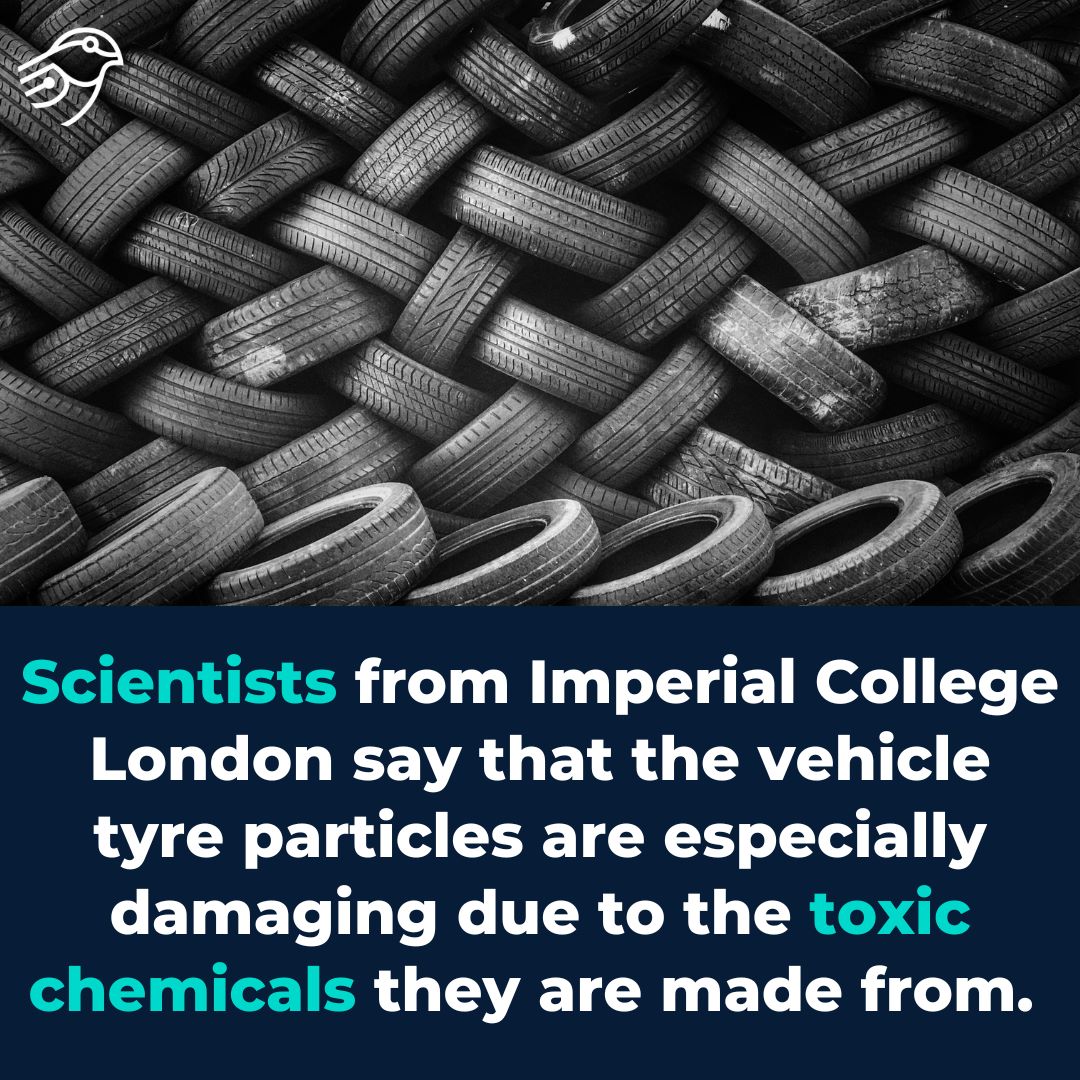
Health impact of tyre particles causing “increasing concern”, say scientists
Scientists at Imperial College London say particles from car tyres are particularly harmful because of the toxic chemicals they are made of.
The report, based on data from the UK government, shows a significant increase in fine particulate pollution. According to the research, tyre and brake wear will account for 52% of all fine particulate pollution from road transport in 2021, while wear on roads and their paint markings will contribute a further 24%. Only 15% of the pollution came from car exhausts, with a further 10% coming from vans and lorries. In addition, emissions from UK vehicles have fallen by 90% since 1996. The UK government’s environmental data has given the researcher a good insight into the main causes of transport pollution. Ongoing measurement, monitoring and analysis helps researchers identify the problem and begin planning the solution.
Sparrow nodes are constantly calibrated and validated for best performance using Cities reference stations
